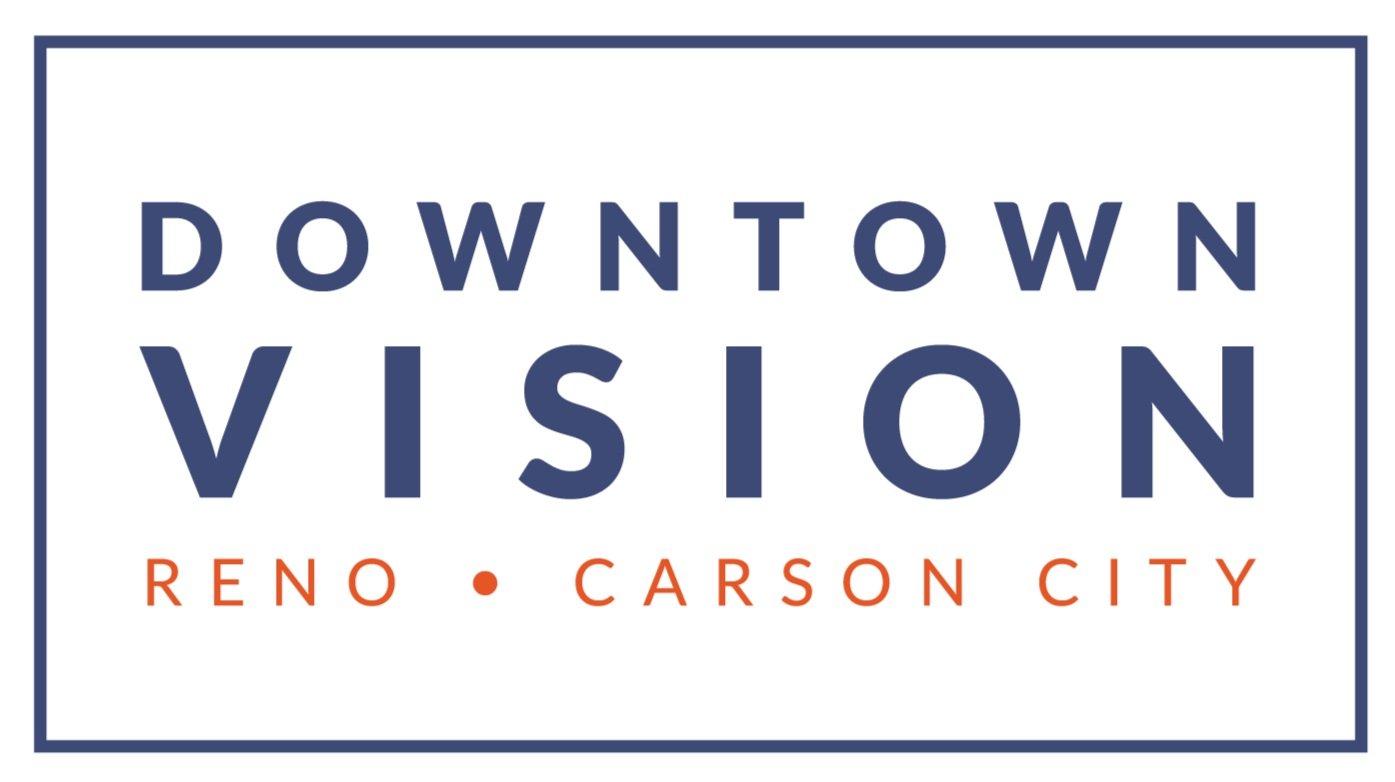Staying Shady in the Summertime
They’re everywhere. Every time you step outside, if you don’t have them on, chances are you’ll see someone with them on. They’re at your favorite lunch spot and your favorite café. You’ll see them everywhere you go. And they’re here to help. Sunglasses are a part of everyday life, as widespread and common as any other part of an outfit. But they’re much more than a fashion piece or a symbol of looking cool. They are a critical component of your eye health and safety.
Summer is wonderful, but long exposure to sunlight can lead to some not-so-wonderful things. Sunlight contains ultraviolet (UV) rays that, while a normal part of the bigger electromagnetic spectrum, can cause significant damage if exposure levels are too high or aren’t avoided.
There are three different types of UV rays that can present a threat. UV-C, the first type, can be harmful to us if exposed, but is blocked out by the Earth’s ozone layer. UV-B and UV-A are stronger and aren’t affected by our atmosphere, meaning they present a threat to us. This, as I’m sure we all know, can happen through sunburns. As we stay out in the sun for extended periods of time, UV rays can begin to harm the skin and cause a sunburn to happen. Long term effects can even include the formation of melanoma, otherwise known as skin cancer.
But UV rays can be harmful to more than just your skin! They can also cause short and long-term damage to your eyes. Have you ever looked into the direction of a bright light and looked away, only to see a “shadow” of the bright light? This “after image” is one example of a temporary condition, and happens when a cluster of photoreceptors in the middle of your retina are all triggered at once. However, more long-term and permanent eye damage can also occur from extended exposure to UV rays without eye protection. Conditions like pinguecula, pterygia, photokeratitis, macular degeneration, and even cataracts can all be caused by long exposure to UV rays.
So we know sunscreen and shade are effective at fighting sunburn. What about the eyes?
Well, that’s surprisingly simple. Sunglasses are the most effective way to block UV rays from damaging your eyes, but there are a couple of things you ought to know first.
To start, your sunglasses should block 100% of both UV-B and UV-A rays (these are usually rated as “UV 400 protection”). You’ll find that some cheaper sunglasses, even if they say they block UV, might not be as strong as they claim to be. Also keep in mind that things like polarized lenses, anti-reflective coating, and mirror-coated lenses aren’t a necessity for basic protection, but are very nice and add some extra benefits, like cutting glare and reducing the amount of light that hits the eyes, making you feel more comfortable.
And for those over-achievers, you can go above and beyond with your standard eyeglasses. UV protection isn’t exclusive to just sunglasses. Regular, prescription eyeglasses can have UV 400 coating applied to them, making them safe to wear outside in the sun (although you’ll still be squinting in bright light).
Summer is wonderful. Especially here in Reno. But when you go out to have fun in the sun, either by the Truckee River, hiking in Verdi, or even taking a day trip up to Tahoe, your eyes are just as important to protect as the rest of your body. Certainly, don’t forget your towel or your sunscreen; but for sure don’t forget your sunglasses.
Image from: https://www.pexels.com/@fotios-photos

